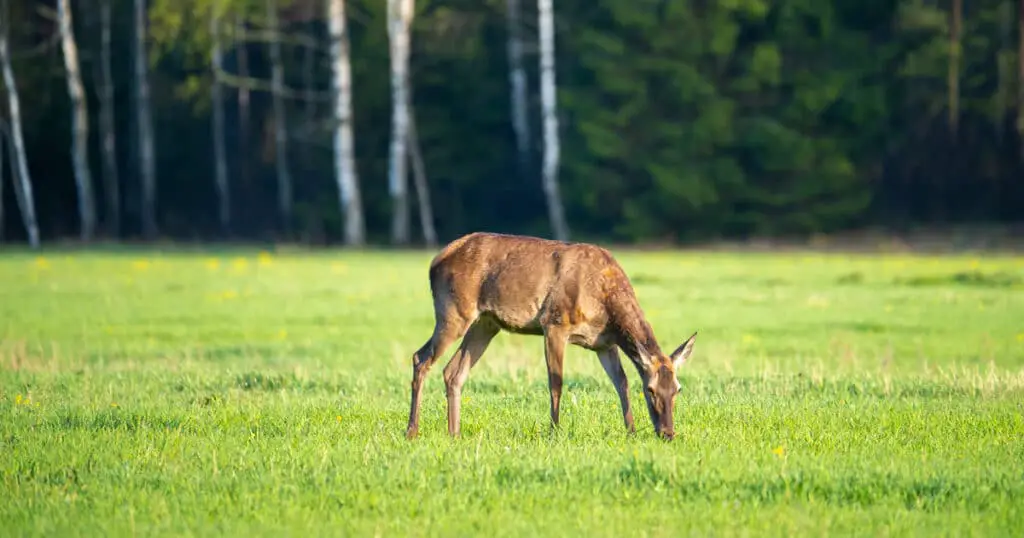Maybe you assume that grass must be one of the white-tailed deer’s favorite foods. Maybe these cervids even munch on your lawn. But that isn’t the whole story. The truth is while the answer is yes, deer do sometimes eat grass, but it isn’t one of their favorite foods. So, why do they eat it? And most importantly, how can you stop them from eating your lawn?
Deer may eat grass when they can’t find an adequate supply of their preferred foods. While they’ll eat it if they need to, grass has low nutrient value for deer.
A deer’s body is not very well adapted to consuming large amounts of grass.
To better understand why, when, and why deer eat grass, let’s take a look at their eating habits and the factors that influence a deer’s diet.
Yes, White-Tailed Deer Eat Grass
Table of Contents
ToggleLike other kinds of deer, white-tailed deer will eat grass if they can’t get access to their preferred foods.
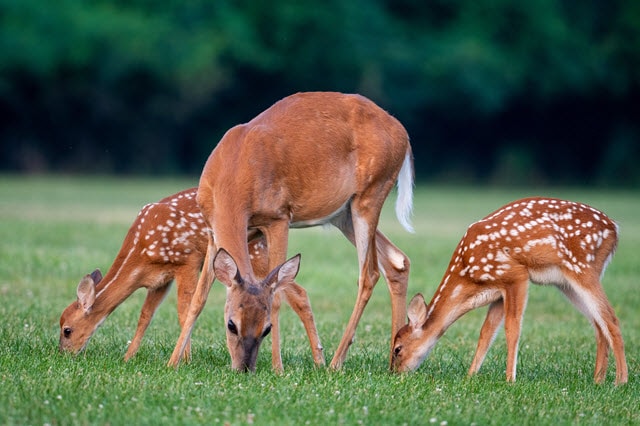
Deer that live in more forested areas will have better access to shrubs and trees than deer living in grassier areas. As a result, they tend to eat less grass and are less likely to become a pest and raid your lawn.
The geographic region a deer lives in plays a part in how much grass the animal is likely to eat.
For example, studies have shown that deer in the southwestern areas of North America tend to eat more grass than, for example, Canadian deer.
Deer diets also change by the time of year. This makes sense, as the availability of their food sources changes seasonally.
How Grass Fits into a Deer’s Diet
Deer are herbivores, meaning they eat plants. This differs from omnivores, animals that eat a mixture of meat and plants, and carnivores, animals that eat only meat.
Among herbivores, there are several subcategories.
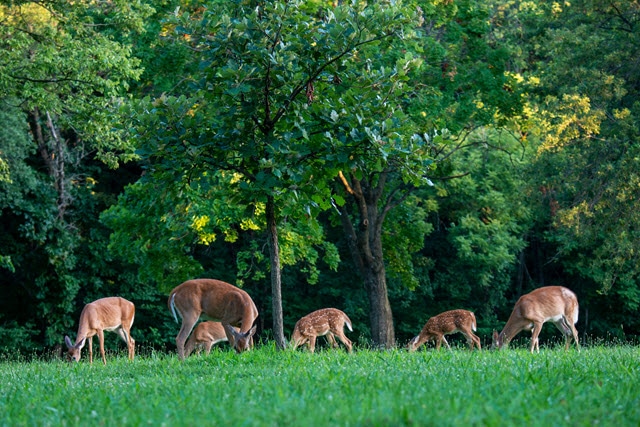
Deer are considered ruminants, a type of herbivore that is defined by its unique digestive system. Ruminants consume a variety of plant types.
Whereas some ruminants such as sheep or cows, have trouble eating any plants except grass, deer eat a variety of plants. The deer’s favorite foods are leaves on trees and shrubs.
These are easier to digest and have the most nutrients. Deer also eat fruits and berries, which provide them with sugar and large amounts of energy.
While grass is very high in fiber, its nutritional profile is poor.
Grass is Hard for Deer to Digest
While white-tailed deer and cows are both ruminants, their digestive systems are quite different. One major difference is how the deer’s rumen has drastically less capacity than a cow’s rumen.
As a result, it’s best for deer to eat much more often. Grass takes too long to digest for deer to do this.
With its much larger rumen, cows can afford to consume large amounts of cellulose (what you find in grass, which is high-fiber). It can stay in that animal’s rumen for the long periods of time necessary to digest that kind of tough material.
Cow rumens (and teeth) are equipped to thoroughly grind and efficiently digest grass. Deer don’t have these attributes.
Despite all this, though, if a deer is hungry enough and can’t find better sources of nutrition, your lawn is fair game.
They Prefer Certain Kinds of Grass
There are specific kinds of grass that are easier for deer to eat. these include succulent types of grass, as well as grass that has only recently sprouted. Other kinds of grass that deer eat more often include:
- Rescuegrass
- Panicgrass
- Witchgrass
What Do Deer Prefer to Eat?
The most fundamental elements of the white-tailed deer diet are forbs and browse. Deer also enjoy eating mast.
We’ll go over these three categories below.
Forbs
Forbs are nutritious flowering plants, including many weeds. They generally contain much more crude protein than grass.
They’re also superior to grass because they’re easier for deer to digest. Forbs are flowering plants with broad leaves.
The stems are soft, making them ideal for deer to easily chew and digest.
Browse
Browse is the most significant part of the deer diet. This category includes leaves, as well as twigs from trees and shrubs (otherwise known as woody plants).
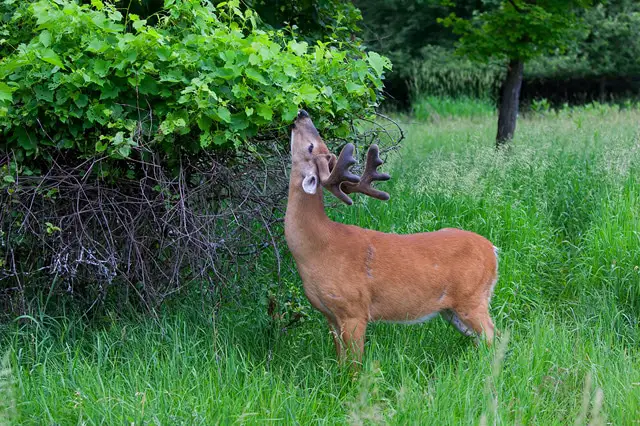
Twigs and stems are the most dependable sources of food, as they tend to stay accessible through the winter.
Mast
Fruits and nuts are often referred to as mast. Deer will eat mast whenever they can because of how energy-rich these foods are.
One of the most significant nuts for deer is the acorn. This type of nut has the perfect combination of high carbohydrate and fat content.
Deer also favor chestnuts, which provide much more protein.
When it comes to fruits, deer will eat almost anything they can find. Examples of fruits that deer may eat include plums, blackberries, and mulberries.
These foods are carbohydrate-rich, and they help deer prepare for winter. They also provide fuel for male deer’s antler growth.
Mushrooms
It’s the protein and phosphorus content in several types of wild mushrooms that make it a nutritious food for deer.
Cereal Grains
Deer will also eat cereal grains if they get access to them. For example, they may consume rye and oats, as well as wheat.
Will Deer Eat Your Lawn?
Yes, a deer may eat your lawn if it can’t find other food. So, when we see a deer eating grass, it probably doesn’t have reliable sources of preferred foods.
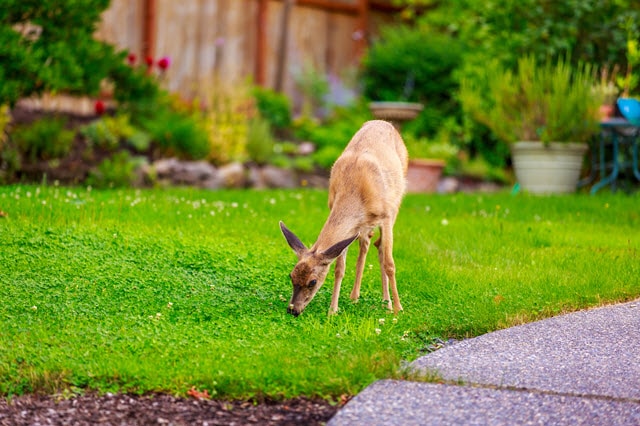
These animals are much more likely to start eating your other plants, including many kinds of flowers, before they start devouring your grass.
How to Stop Deer From Eating Your Grass
Deer are good at jumping fences and can be pretty sneaky, so keeping deer off your lawn is quite challenging.
If you’re trying to protect specific plants, you can cover them with a type of netting. For obvious reasons, though, this wouldn’t be a practical way to protect your entire lawn.
Since grass is not a deer’s favorite food, leaving out some appropriate food for them will provide a tastier alternative. Don’t do this too often, though. It could disrupt the deer’s foraging behavior and patterns.
If you continue having problems with deer eating your lawn, think about investing in ultrasonic repellent machines. These will produce high-pitched noises that are barely audible to humans but are effective in keeping wild animals away from your lawn.
Install Fencing
Fencing will only be successful at keeping out deer if you make it high enough. The minimum height for your fence should be eight feet, because that’s how high deer can jump.
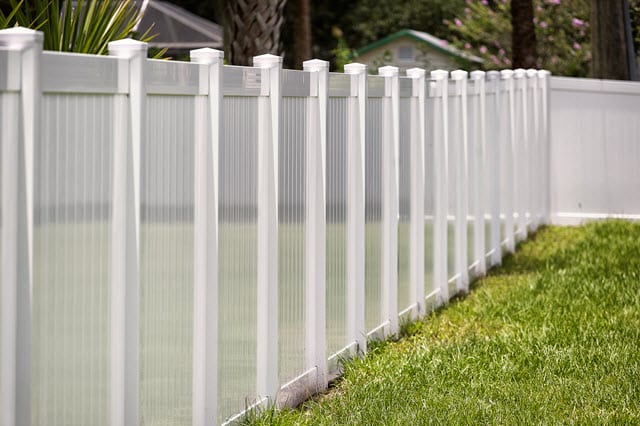
Also, stop the deer from being able to see in your yard, so they feel apprehensive about going in. There shouldn’t be any sizeable holes in the fencing.
Some property owners decide to get electric fences to keep out deer, especially at times of year when these animals have ravenous appetites, such as the later part of the fall and early on in spring.
Commercial Deer Repellents
There are commercial deer repellents on the market that you could try. No matter which one you choose, remember to read and follow the directions that come on the can or packaging.
Avoid Plants that Attract Deer
Try to avoid having flowers and other plants that deer like eating on your property. After all, deer coming into your yard to eat them may also nibble on your lawn. Not to mention they’ll wreck your flowerbeds.
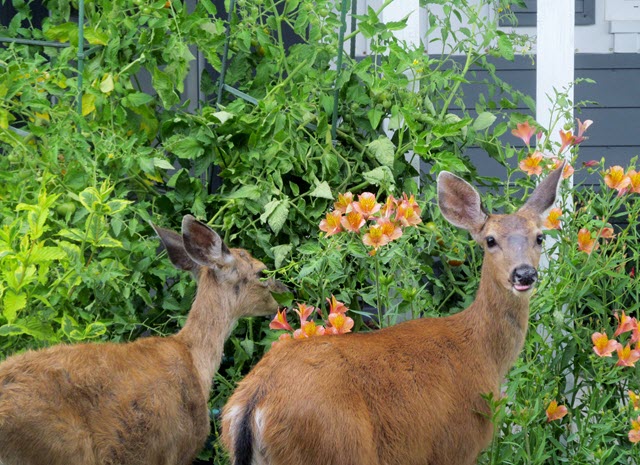
Here are a few examples of flowers that deer love to eat:
Natural Deer Repellents
You can also try using homemade and natural deer repellents. Let’s take a look at just a few examples below:
- Rages in ammonia
- Garlic mixtures
- Hot pepper spray
Plant Deer-Repelling Flowers
There are certain plants and flowers that deer detest, and including them on your property will help keep these animals away.
- Daffodils
- Vinca (Cartharanthus)
- Lavender
- Coreopsis
- Coneflower
Add Hedges
If you don’t want to install a fence, consider going with a deer-resistant hedge. As long as you make them high and thick enough, they will probably be helpful.
To ensure they’ll keep deer away, choose types of hedges that specifically repel deer. Examples of shrubs that repel deer are short needle spruce and boxwood.
Do Deer Eat Grass Seed?
Deer will eat grass seed, but only as a last alternative. Grass seed is not very high in the nutrients needed for a deer’s diet, and it isn’t something they are likely to find in the wild. Still, it’s best to cover grass seed when you plant it so you aren’t tempting deer or birds to devour it.
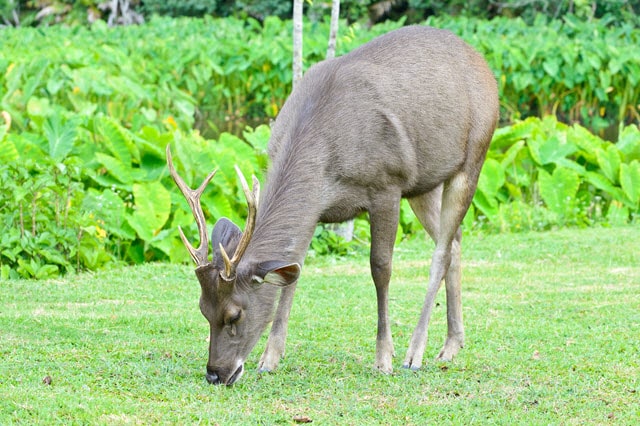
If a deer eats too much grass seed, it’s probably going to end up with digestive upset and some other health problems.
When Do Deer Eat Grass?
The simple answer is that deer eat grass when they don’t have any better options. This could be the result of factors such as natural disasters, competition with other animals, and human intervention in the environment.
Another reason deer might eat grass is because of the season. They eat a lot more than usual during the summer and fall months, to prepare for winter.
So you might find deer eating your lawn in those seasons. Do you live in an area that doesn’t have a lot of snow cover during the winter?
The deer will still have access to your grass, and it will be a reliable food source when trees and bushes lack leaves. The berries and fruits that deer also eat aren’t available in the winter, either.
Do Deer Eat Grass? Yes (but not if they can help it)
While grass isn’t a favorite with deer, they will eat this kind of vegetation when they don’t have enough of their preferred foods. The amount of grass a deer eats varies depending on location and the availability of other food.
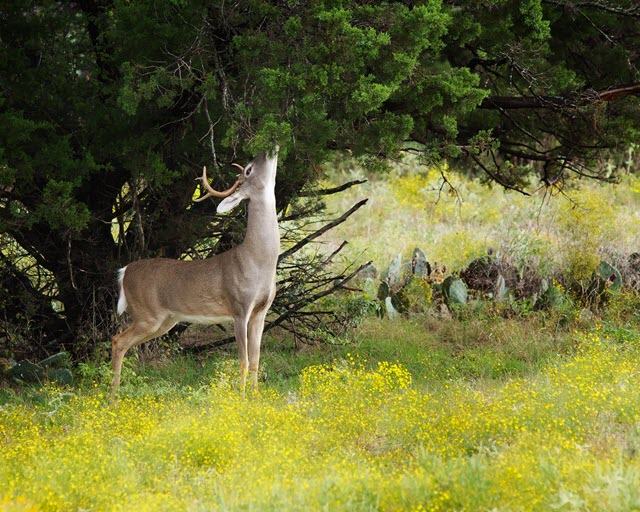
There are certain kinds of grass, such as new grass, that deer are more likely to eat than others. A deer’s diet also changes with the season, meaning deer might eat more grass during one time of the year and less during another.
For example, if a deer cannot find enough of the food it prefers during a specific season, it may depend on grass. If you want to stop deer from raiding your lawn, there are several different things you can try:
- Put in fencing
- Use commercial or natural deer repellents
- Have flowers that don’t attract deer
- Add flowers that repel deer
- Plant deer-repellent hedges

